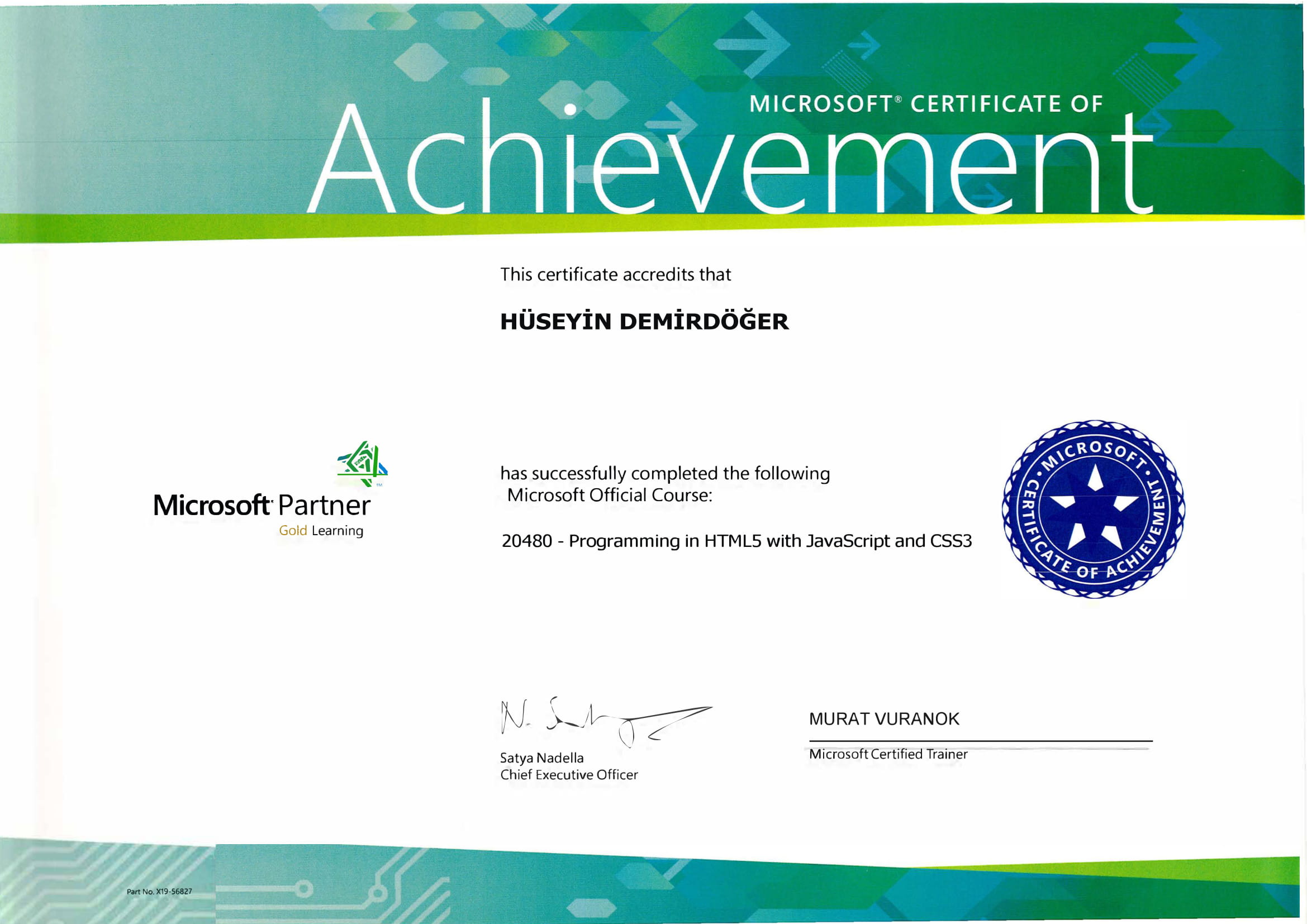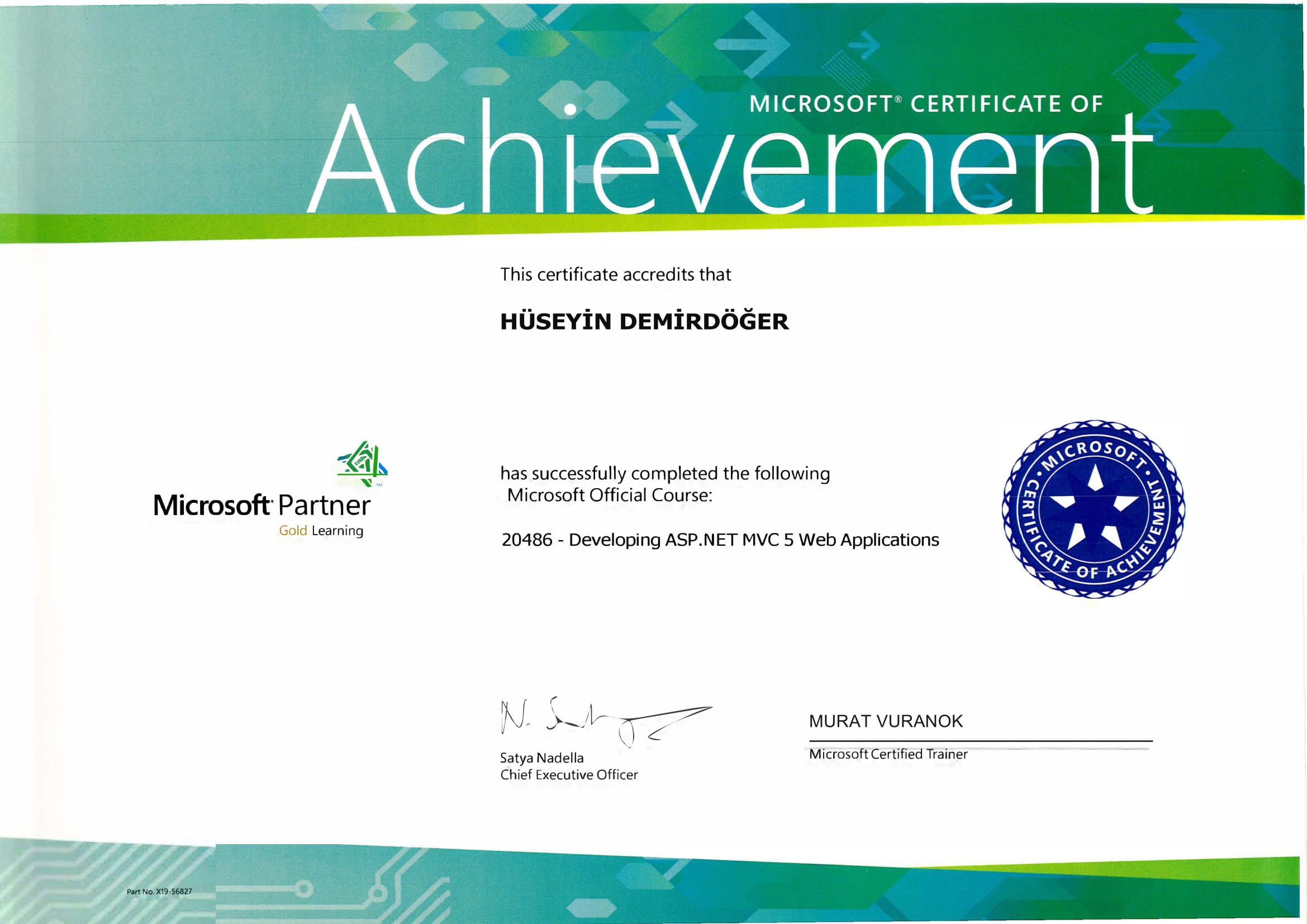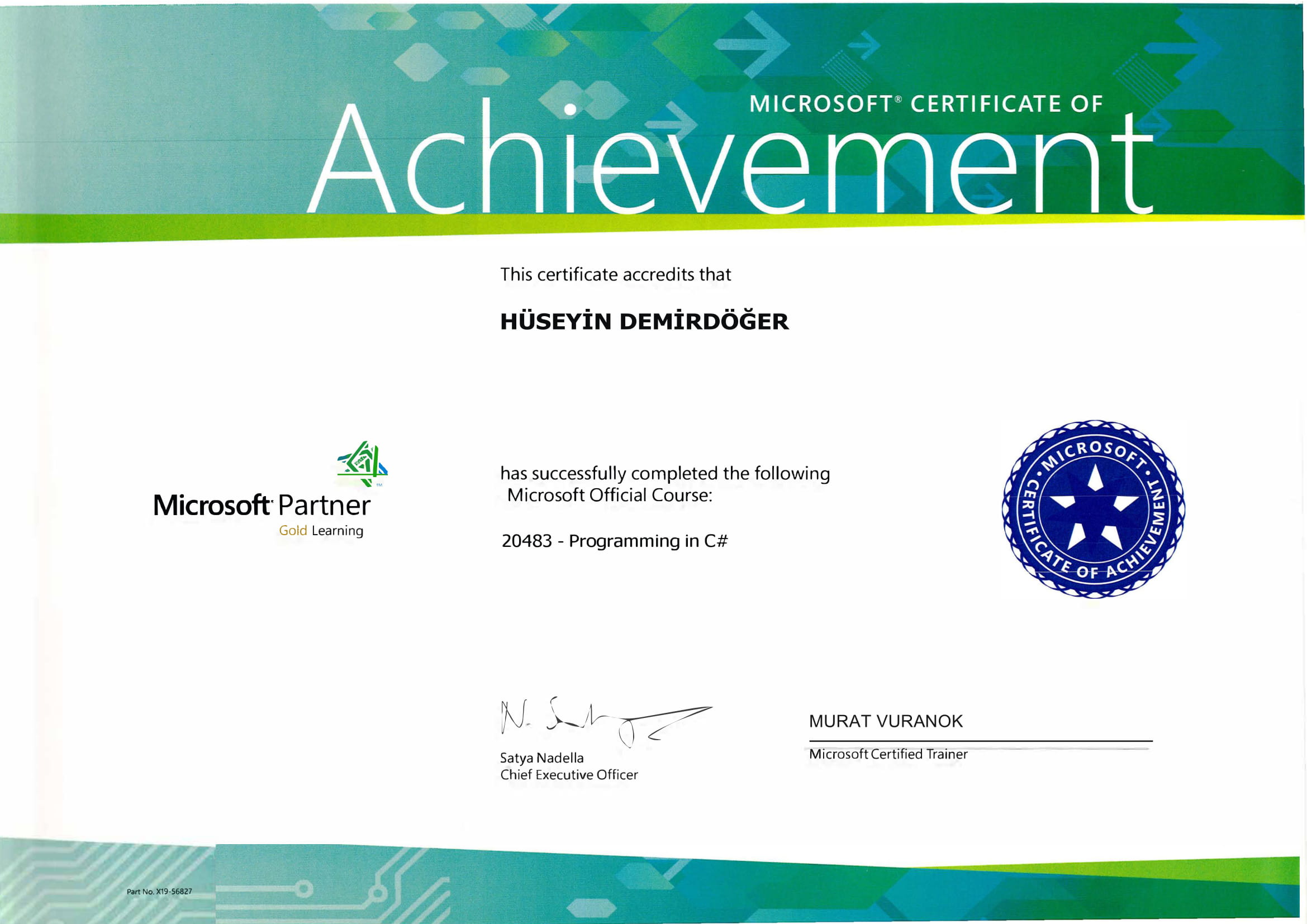If you're staring at a screen showing "Error code 0x80070003," during an update, you're not alone. Many Windows users have encountered this pesky issue, often feeling like they're stuck in a loop of failed updates and error messages. This guide aims to walk you through a comprehensive, step-by-step process to resolve this error and get your updates back on track.
The error code 0x80070003 typically signifies that there are file corruption issues or that some files are missing in the Windows Update. It's frustrating, I know, because I remember encountering a similar error during a crucial project deadline. So, let's dive into the specifics.
Understanding Error Code 0x80070003
It's always good to know what you're dealing with before jumping into solutions. This error often arises due to:
- Corrupted or Missing Files: During a Windows Update, if files get corrupted or lost, the update can't proceed.
- System Restore Issues: Problems with your existing system restore points can prevent updates from installing correctly.
- File Permissions: Sometimes, it's simply that Windows can't access the files needed for the update due to permissions issues.
Step-by-Step Guide to Fixing Error 0x80070003
Step 1: Run the Windows Update Troubleshooter
First up, the Windows Update troubleshooter can often identify and resolve issues on its own:
- Open Settings.
- Go to Update & Security.
- Click on Troubleshoot.
- Choose Windows Update, and click Run the troubleshooter.
Troubleshooters are quite effective. They remind me of those automated customer service options that surprisingly… sometimes… get things right.
Step 2: Check System Date and Time
Incorrect date and time settings can disrupt the update process:
- Go to Settings.
- Click on Time & Language.
- Ensure the date and time are correct. Turn on Set time automatically if it's not already enabled.
Step 3: Check for File Corruption
File corruption is a common culpret. We'll use the System File Checker (SFC):
- Open the Command Prompt as an admin.
- Type
sfc /scannowand hit Enter.
This scan can find and repair corrupted files on your system. It's similar to cleaning a messy desk where you can't find anything until you tidy up.
For related issues with system configuration and file errors, you might find this guide on windows error code 0x80070002 useful.
Step 4: Restart Windows Update Services
Restarting the Windows Update services can help:
- Open Run by pressing Windows + R.
- Type
services.mscand click OK. - In the Services window, find Windows Update.
- Right-click and select Restart.
Step 5: Delete Software Distribution Folder
This folder stores temporary update files. A corrupt file here could be blocking updates:
- Open the Command Prompt as admin.
- Execute the following commands one by one:
net stop wuauservnet stop bits
- Navigate to
C:\Windows\SoftwareDistributionusing File Explorer. - Delete all files inside that folder.
Step 6: Manual Update Installation
As a last resort, you could try to manually download the update from the Microsoft Update Catalog.
For further reading, you can delve into this guide on windows error code 0x8007007e for more insights on related update issues.
Conclusion
The key is patience and method, working through each step systematically. What do you think? Have you faced this issue too? Let us know in the comments. And remember, these steps aren't just for this specific error. They can help you with a range of update-related problems. According to the Microsoft Support page, these troubleshooting tips can tackle several update hiccups.
Every problem has a solution, and thankfully, so does this error code. Utilize these steps, and you'll likely find yourself on the other side of this digital hurdle.


















